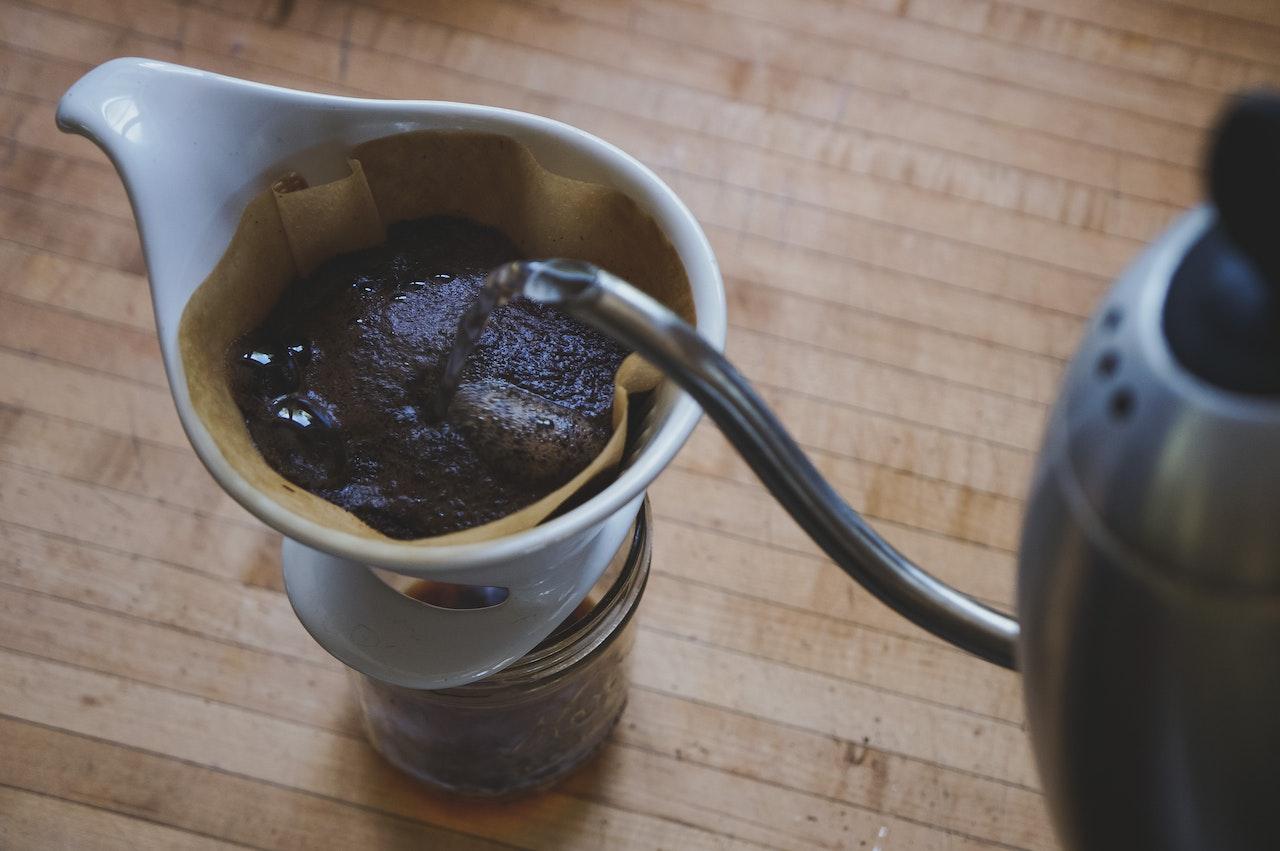Introduction
On International Coffee Day, as we savor the aroma and flavors of our favorite brew, it’s also the perfect time to reflect on the impact of our coffee habits. Coffee is undoubtedly a global favourite, with more than 2.25 billion cups of coffee consumed daily. However, our love for coffee often leads to a significant issue – the coffee waste. In March 2014, the Member States of the ICO (International Coffee Organization) agreed to announce 1st October as International Coffee Day every year. The day gives the diverse and passionate coffee lovers community an opportunity to share their love of the beverage and support the millions of farmers whose livelihoods depend on the aromatic crop.
On this International Coffee Day, through this blog, we’ll delve into the problem of coffee waste, its environmental implications, and explore creative, sustainable ways to reduce and reuse it.
The Coffee Waste Problem
Coffee, an indispensable part of our lives, generates an enormous amount of waste daily. From used coffee grounds, single use filters, plastic capsules, disposable cups to coffee packaging the environmental repercussions are significant. According to sustainability researcher Gunter Pauli, coffee production generates more than 23 million tons of garbage annually. Coffee waste contributes to landfills, where it breaks down anaerobically, producing harmful methane gas. Furthermore, the cultivation and transportation of coffee beans carry a carbon footprint. It’s essential to address these issues to align our love for coffee with eco-conscious practices and minimize our coffee footprint.
Understanding Coffee Grounds
The often-overlooked treasure in coffee consumption is the grounds left behind. These grounds, infused with caffeine, antioxidants, and organic matter, hold immense potential beyond your cup. It’s time to transform our perception of coffee waste into an opportunity for sustainability.
Creative Ways to Reduce Coffee Waste
In the quest for sustainability, it’s crucial to get creative with coffee waste reduction. Beyond the usual composting, consider these innovative approaches:
1. Reusable Coffee Filters

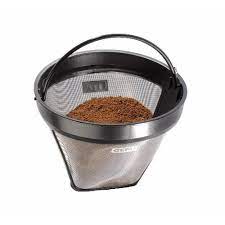
One simple step to reduce coffee waste is switching to reusable coffee filters. These filters are eco-friendly and cost-effective. You’ll not only reduce paper waste but also experience a richer, sediment-free cup of coffee.
2. DIY Coffee Scrubs
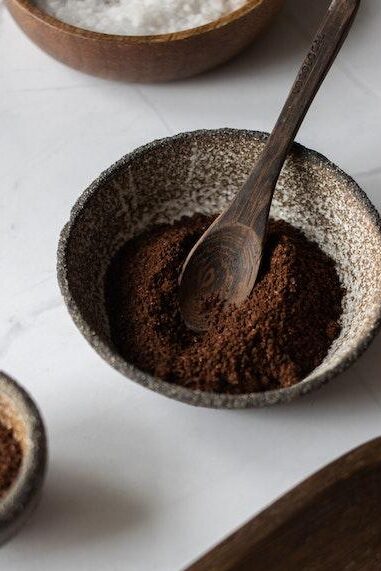
Transform used coffee grounds into a natural exfoliant for your skin. Mix them with coconut oil and a hint of essential oil for a fragrant scrub. Pamper yourself while repurposing your morning pick-me-up into a spa-worthy treat.
3. Coffee-Based Cleaners

The abrasive texture of coffee grounds makes them ideal for scrubbing stubborn stains off dishes and surfaces. Combine them with a bit of soapy water for an eco-friendly cleaner. Coffee is a natural degreaser, so your pans, kitchen and countertops will gleam, and you’ll reduce waste simultaneously.
4. Natural Deodorizer
Coffee contains nitrogen, which neutralizes odors. Spread out the wet coffee grounds to dry on a baking sheet to make good use of its ability. Place dried coffee grounds in a bowl to absorb odors in your fridge or shoes. Your things will continue to smell fresh since the coffee will help it absorb strong odours. Bid farewell to unpleasant smells as the coffee grounds work their deodorizing magic.
5. Gardening Marvel
Coffee grounds are rich in nitrogen, making them an excellent addition to your compost or directly into the soil for acid-loving plants like tomatoes and roses. Your garden will flourish, thanks to this nutrient-rich boost.
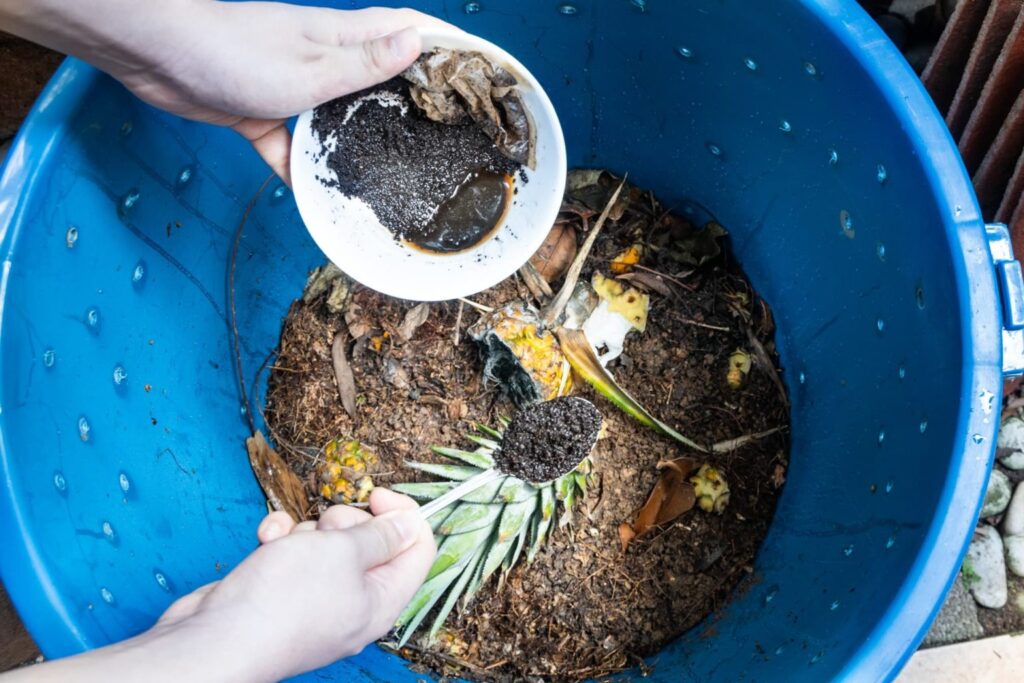
6. Coffee-Based Recipes
Think beyond your coffee cup – coffee grounds can add unique flavors to recipes. From coffee-flavored desserts to savory rubs for meats, there’s a wide culinary world to explore with coffee as an ingredient. You can enhance your grilling experience with this coffee-infused marinade. Mix 2 tbsp of used coffee grounds, olive oil, garlic, paprika, salt, and black pepper. Coat your meat of choice, (our vegetarian friends can use paneer or tofu) refrigerate for 30 minutes, then grill to perfection. Savor the unique coffee flavor in every bite.
7. Coffee Logs

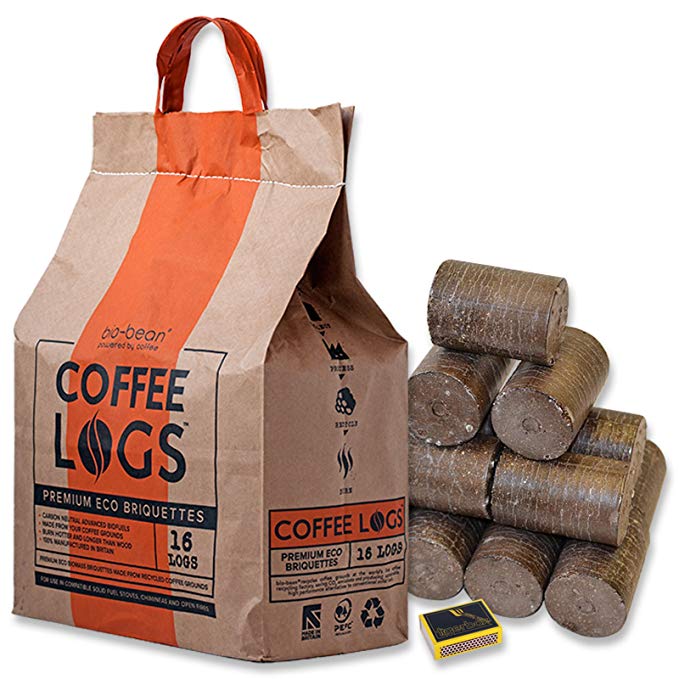
Did you know coffee grounds can be transformed into eco-friendly fire logs? Several companies now collect used coffee grounds and turn them into sustainable heating solutions.
8. Caffeinated Crafts
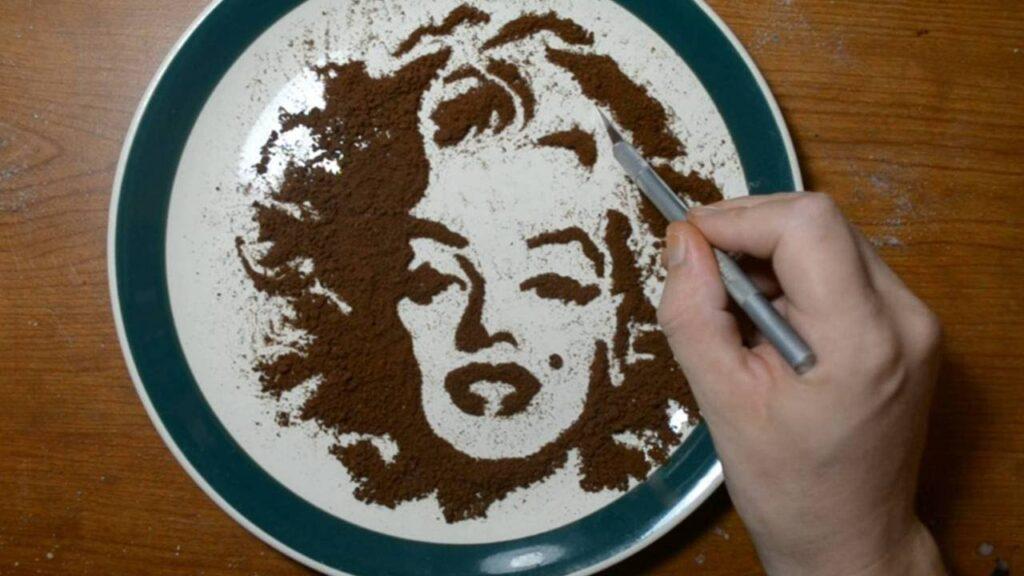


Get artsy by using coffee grounds as a natural dye for paper or fabric. Channel your inner artist and explore unique textures and shades with coffee-based crafting. You can even add texture to your creation by incorporating ground coffee directly to your art piece.
9. Pest Repellent
Coffee grounds act as a natural pest repellent. Scatter coffee grounds in your garden to deter pests like ants and slugs. Protect your plants naturally while utilizing a waste product and enriching your soil.
10. DIY Candles

Incorporate used coffee grounds into homemade candles for a textured, rustic look. Craft charming candles that infuse your space with a warm, coffee-scented ambiance.
11. Coffee-Scented Fire Starter
Dried coffee grounds can be used as a fragrant addition to your fire starter. Enjoy the cozy scent of coffee as you ignite your fireplace or campfire. It’s a delightful way to repurpose and create a captivating atmosphere.
These inventive methods not only reduce waste but also breathe new life into your coffee grounds, showing that sustainability can be both practical and creative. So, next time you enjoy your cup of coffee, remember the endless possibilities that await your used coffee grounds, from enhancing your skincare routine to elevating your gardening game and beyond.
Why we need to support Ethical and Sustainable Coffee Brands?
Supporting ethical and sustainable coffee brands is imperative for several reasons. Firstly, it ensures that coffee farmers receive a fair wage through ethical sourcing and fair trade practices, promoting social sustainability. This uplifts communities and cultivates a richer taste in every cup, as happy, well-compensated farmers are more likely to produce high-quality beans. Additionally, responsible cultivation practices protect the environment, preserving ecosystems for future generations. By choosing these brands, consumers empower positive change in the coffee industry, fostering fairness, sustainability, and a more ethical global supply chain. In South India, traditional filter coffee minimizes waste by using coffee decoction. Leftover grounds are typically reused in gardens or composted, making it a sustainable choice.
In India, brands like Araku and Blue Tokai are shining examples of ethical coffee production. Checkout our recommendation of Sustainable Coffee Brands in India for more conscious choices.
Eco-Friendly Coffee Packaging to reduce coffee waste
While enjoying your daily cup, consider the impact of coffee packaging on the environment. Many brands are now shifting to eco-friendly packaging, using materials that are biodegradable or recyclable. Moreover, stores are encouraging customers to BYOC (Bring your own cup) and giving away exciting offers along with it. Be mindful of recycling coffee packaging to further reduce waste.
Conclusion
As we raise our cups in celebration of International Coffee Day, let’s also raise our awareness of the coffee waste challenge. By adopting sustainable practices like using reusable filters, composting coffee grounds, and supporting ethical brands, we can make a difference. So, as you enjoy your next cup, remember that coffee can be more than just a morning ritual; it can be a force for positive change.

